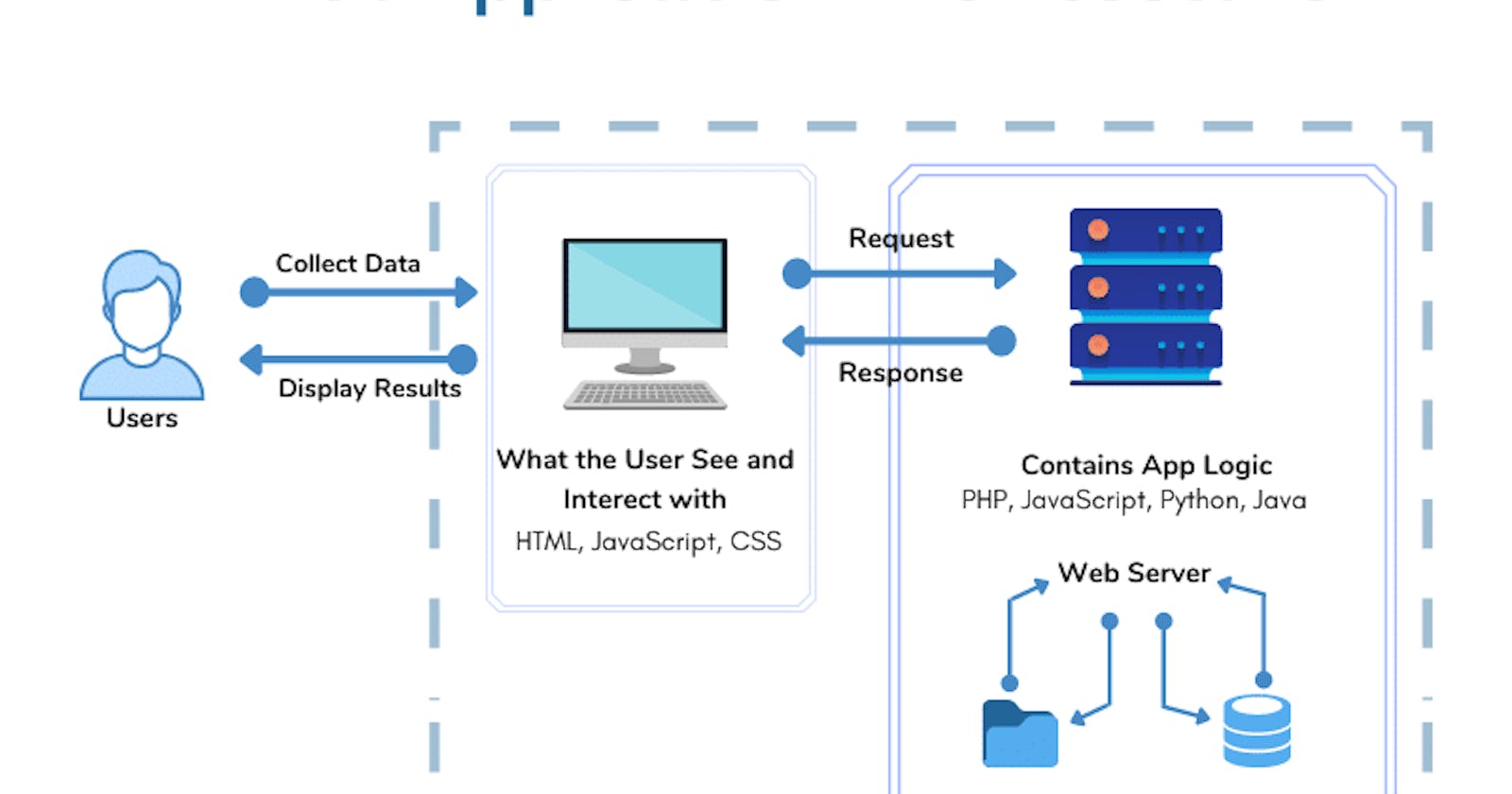What is backend development?
Back-end development means working on server-side software, which focuses on everything you can’t see on a website. Back-end developers ensure the website performs correctly, focusing on databases, back-end logic, application programming interface (APIs), architecture, and servers. They use code that helps browsers communicate with databases, store, understand, and delete data.
Or
Back-end Development refers to the server-side development. It focuses on databases, scripting, and website architecture. It contains behind-the-scenes activities that occur when performing any action on a website. It can be an account login or making a purchase from an online store. Code written by back-end developers helps browsers to communicate with database information.
Back-end developer tasks and responsibilities.
Back-end developers are required to have technical expertise, analytical thinking, and excellent collaboration skills. As a back-end web developer, you should be able to work independently to design the web infrastructure.
Here’s what many back-end developers do on a day-to-day basis:
- Build and maintain websites: A back-end developer’s main responsibility is to use various tools, frameworks, and languages to determine how best to develop intuitive, user-friendly prototypes and turn them into websites. This requires an understanding of cross-platform functionality and compatibility.
Write high-quality code: To produce sustainable web applications, developers must write clean and easily maintainable code.
Perform quality assurance (QA) testing: Create and oversee testing schedules to optimize user interface and experience, ensuring optimal display on various browsers and devices.
Assess efficiency and speed: Once a website is up and running, and during updates and edits, developers need to assess its performance and scalabilit4. y, adjusting code as necessary.
Troubleshoot and debug: Be able to troubleshoot issues and resolve them, while communicating them to project managers, stakeholders, and QA teams.
Train and support: Maintain workflows with client teams to ensure ongoing support, along with leading training and mentorship for junior developers.
Skills of a backend developer
- Web development languages
- Database and cache
- Server
- API (REST & SOAP)
Web Development Languages: Backend engineer should know at least one server-side or Backend programming language like Java, Python, Ruby, . Net etc.
Database and Cache: Knowledge of various DBMS technology is one of the important Backend developer skills. MySQL, MongoDB, Oracle, SQLServer, Redis are widely used for this purpose. Knowledge of caching mechanisms like varnish, Memcached, Redis is a plus.
Server: Exposure to handling Apache, Nginx, IIS servers, Microsoft IIS
is desirable. A good background in Linux helps tremendously in administering servers.
API (REST & SOAP): Knowledge of web services or API is also important for full stack developers. Knowledge of creations and consumption of REST and SOAP services is desirable.
What we will cover in these series.
Internet
- How internet works.
- What is an HTTP?
- Browsers and how they work.
- DNS and how it works
- Whta is Domain name?
- What is hosting.
After the introduction above we will start diving deep into node.js and express following most of the concepts in the roadmap below.

